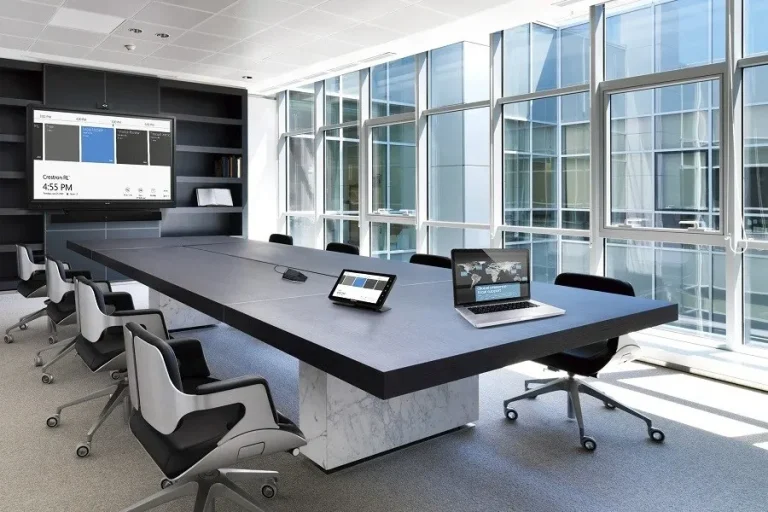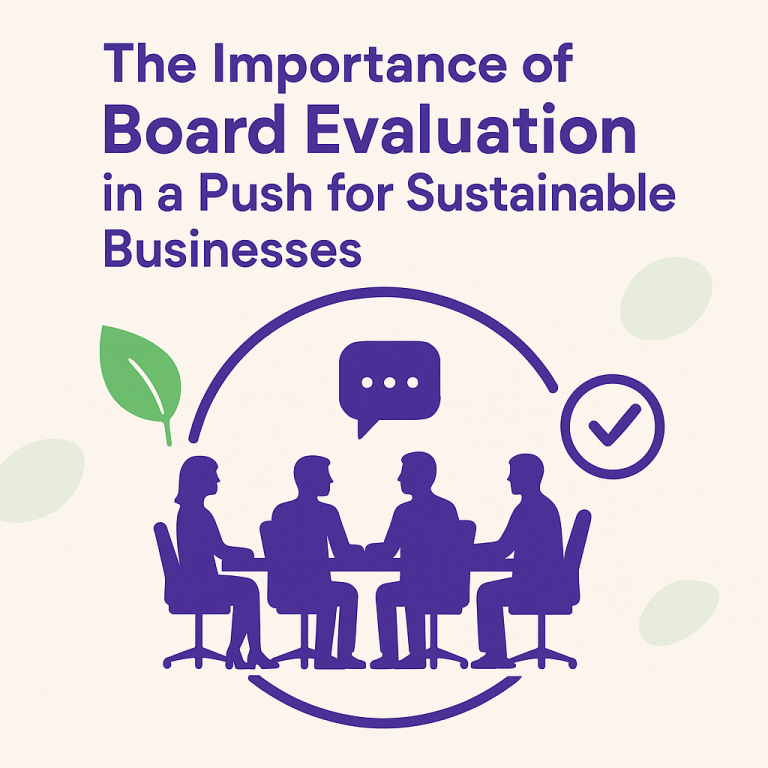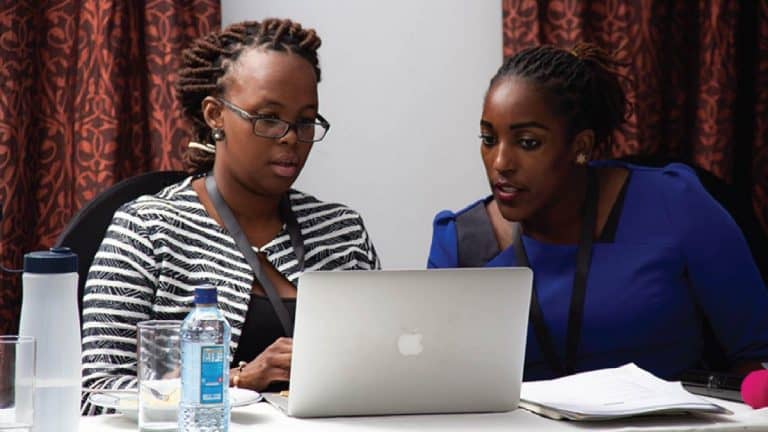Mastering the Art of Minute Taking
Minute taking is a critical skill in meetings, especially within corporate governance, administration, and secretarial roles. It involves more than simply writing down what is said—it requires active listening, logical organization of information, and clear, accurate documentation.
Preparation begins before the meeting starts, beginning with the agenda, which outlines the topics for discussion and sets the direction of the meeting. For the minute taker, it serves as a guide to follow the flow of conversation, focus on key points, and anticipate important discussions.
During the meeting, attention must remain on the agenda items. Instead of recording every word, it is important to capture the essence of the discussions—decisions made, key issues raised, and how those decisions were reached. Clarity and precision in note-taking are essential. General statements such as “a discussion was held” should be avoided in favor of specific outcomes and action items, which make the minutes useful for future reference.
Different meetings call for different minuting formats. Formal board meetings may require structured minutes suitable for presentation to regulators or shareholders, while internal or operational meetings may benefit from concise, action-oriented summaries. The format should always match the expectations of the intended audience and the purpose of the minutes.
Timely preparation and distribution of minutes are equally important. Ideally, minutes should be finalized and shared within 24 to 48 hours after the meeting. Prompt distribution ensures the discussions remain fresh in participants’ minds, which aids in the quick correction of any errors and supports timely follow-up actions. Delays in finalizing minutes often lead to confusion and missed responsibilities.
Legal and regulatory requirements must also be observed. In many jurisdictions, board meeting minutes must be retained for at least seven years, while annual general meeting (AGM) minutes must be kept for ten years. These documents may be subject to audits or legal reviews, so professionalism and accuracy are essential.
Supporting materials such as reports and presentations shared during meetings enhance the quality of the minutes. These documents provide structure, data, and context, helping to anchor summaries and decisions. It is also important to note who presented each item, as many minute formats require attribution and it helps establish accountability and clarity within the record.
Minute taking plays a vital role in maintaining transparency, accountability, and continuity within an organization. Properly recorded minutes provide a clear and lasting record of decisions and actions, and they form part of the organization’s official documentation. They assist in tracking progress, clarifying responsibilities, and informing future decision-making.
When executed effectively, minute taking contributes significantly to the success and governance of an organization. It requires preparation, attentiveness, and a thorough understanding of the meeting’s context and objectives. Over time, this process becomes an indispensable function that supports strategic leadership and informed action. Company Secretaries serve as the custodians of this crucial function. Professional secretaries ensure that minute taking is done with precision, neutrality, and a strong understanding of governance standards. Their work supports board effectiveness, regulatory compliance, and institutional memory. In essence, minute taking is not only a key responsibility within secretarial practice—it is a pillar of sound governance and a safeguard of organizational integrity.







